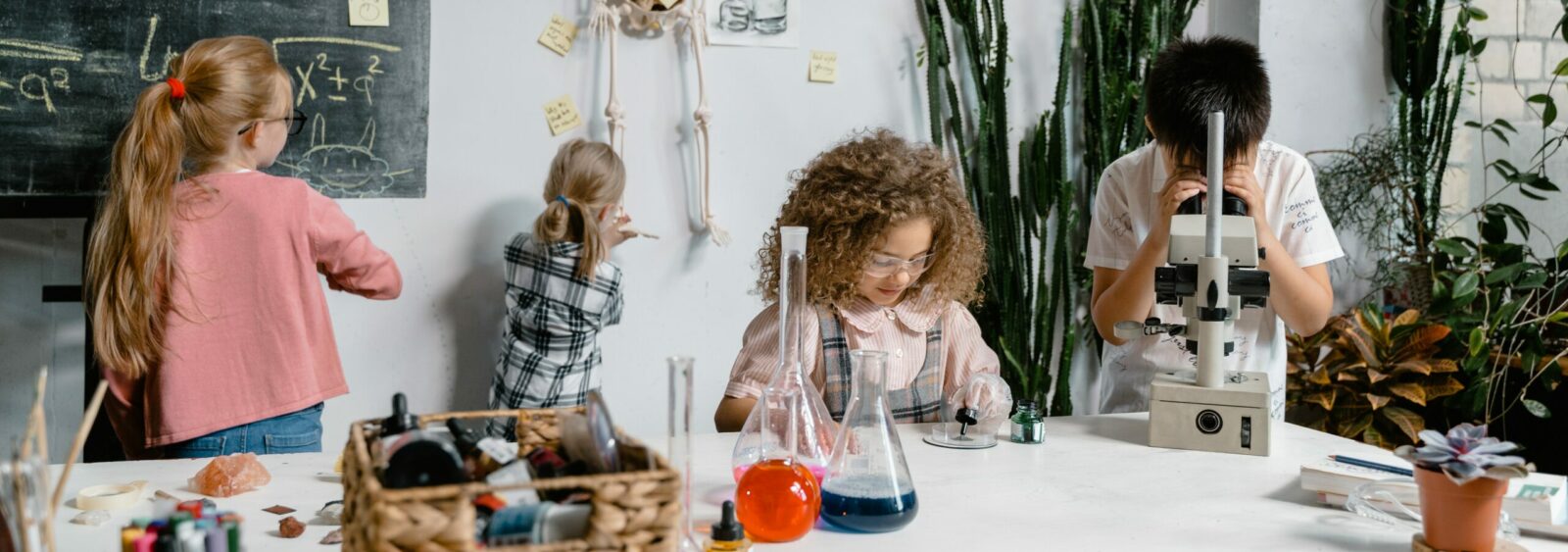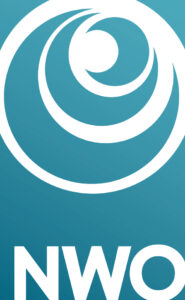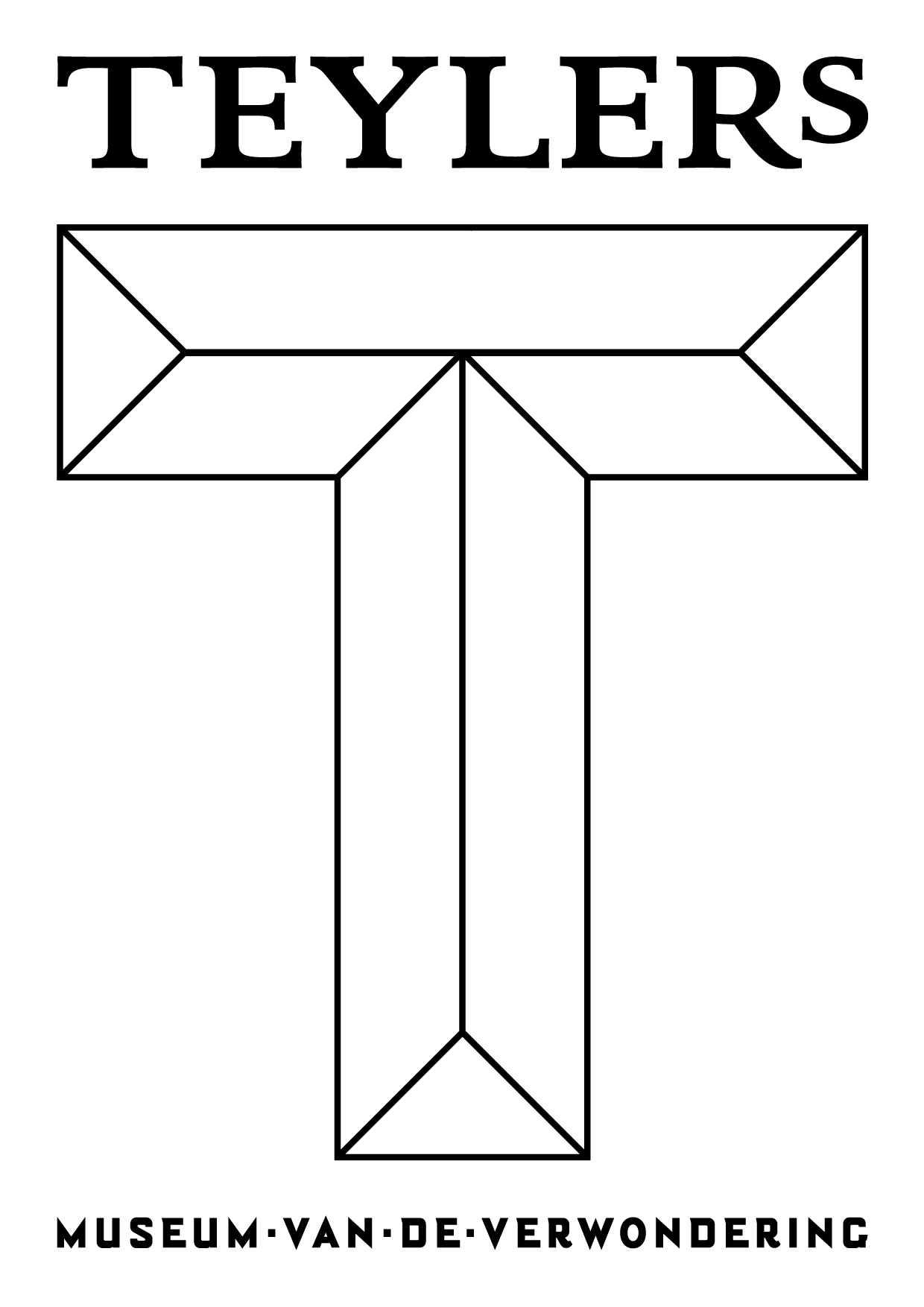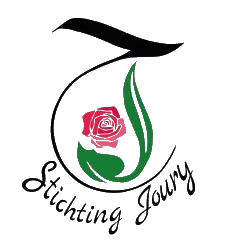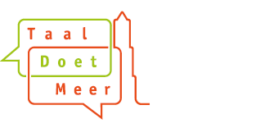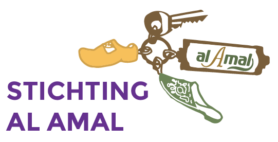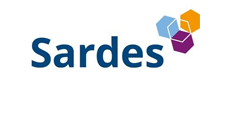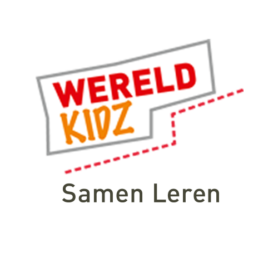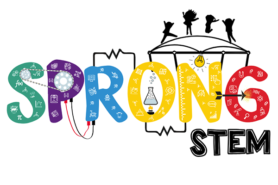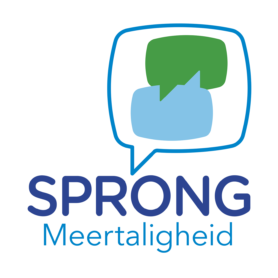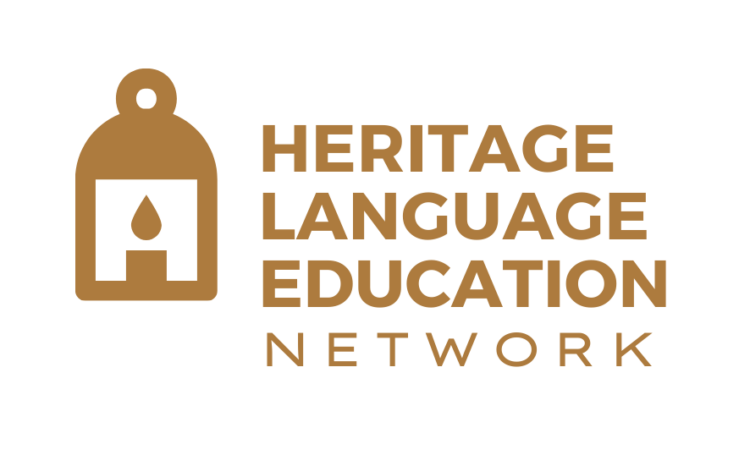Science Museums Speak More Than One Language
The aim of the subproject ‘science centres’ is to, together with our partners Museon-Omniversum, NEMO, and Teylers, co-design translanguaging strategies that promote the participation of children and families of multilingual backgrounds in STEM museums. The focus is on children in Amsterdam, Den Haag and Haarlem whose families, for diverse reasons, do not visit the museum.
By incorporating families’ home languages, through translanguaging strategies, STEM museums can become more welcoming. This can in turn lead to increased engagement, curiosity or sense of belonging in science, which is important given that migrant and multilingual groups are currently underrepresented in science.
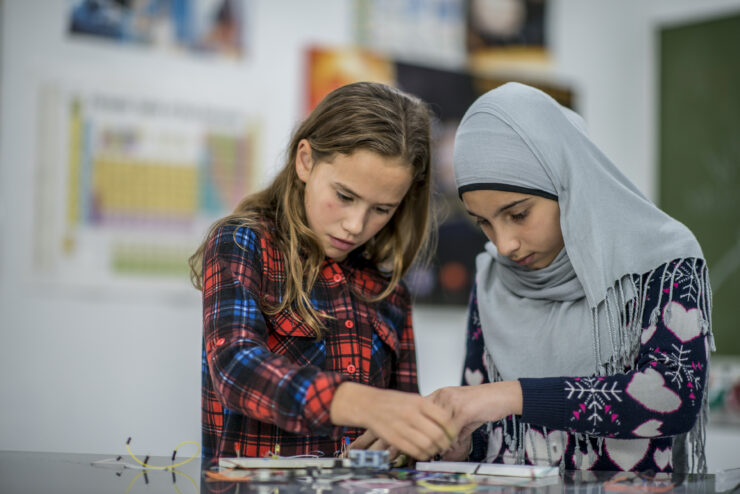
We are now in the beginning phase of learning more about the needs and experiences of children in these museums with multilingual backgrounds. We are interested in both newcomers and children with a 2nd and 3rd generation migration background.
At Museon-Omniversum and NEMO we’ll be conducting focus groups with children and their families where we will discuss ways in which museums can become more welcoming for them and others. As part of her internship, Kaelin De Long will interview Museon and NEMO staff who work closely with children. At Teylers, we’ve joined a newcomers high school visit, and we are starting to discuss the next steps of our collaboration.
The findings of this phase will be the starting point for the design teams in the three museums.
– Lucía Chisari | PhD researcher, subproject ‘Science Museums’
Currently, this blog is only available in English and Dutch. To read it in another language we recommend using the translation tool DeepL.com.
